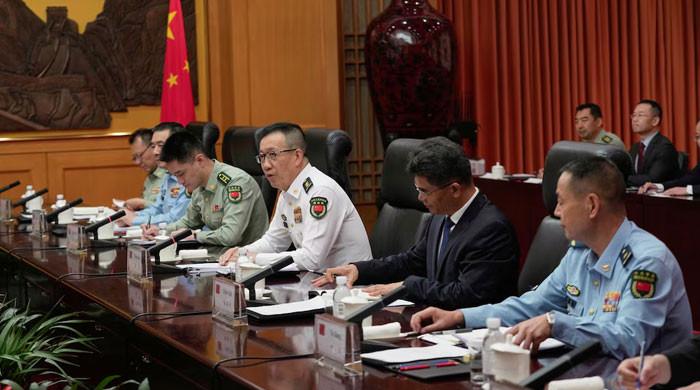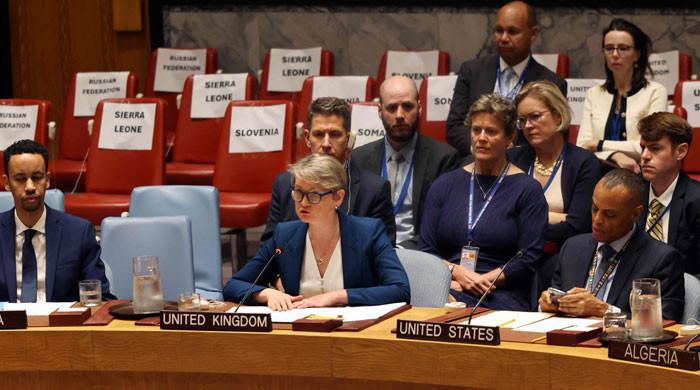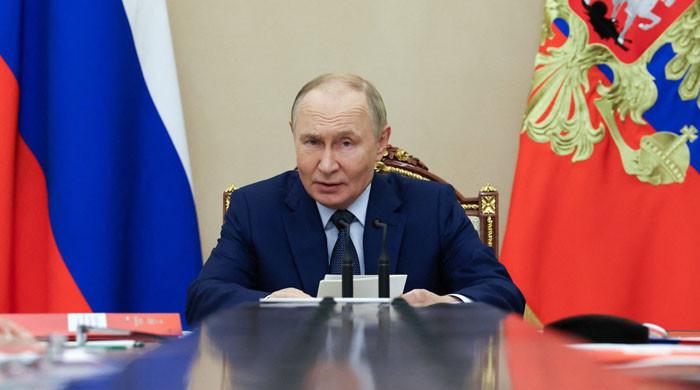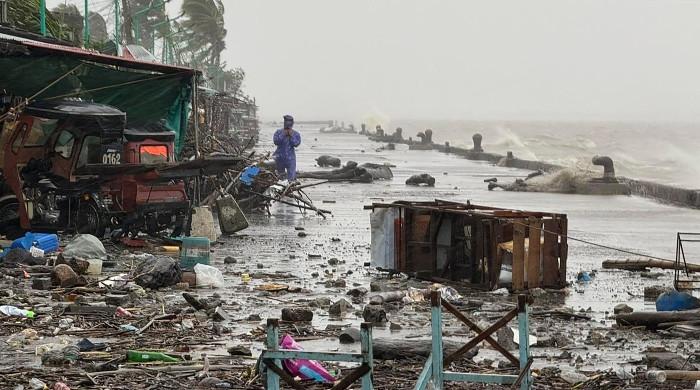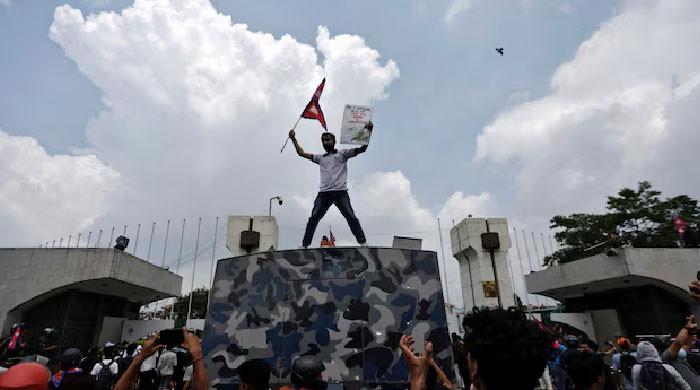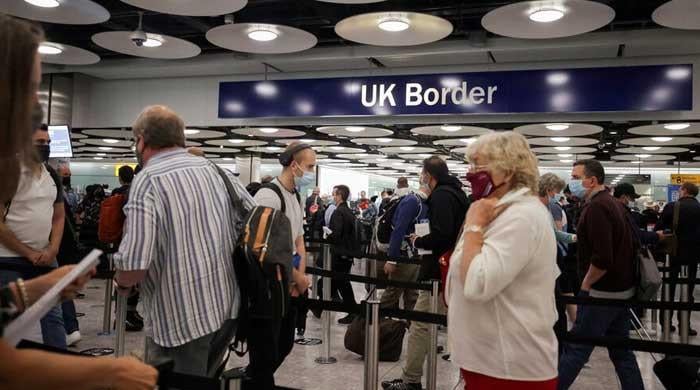Modi's ambitious water scheme fails to quench India's thirst
World’s most populous nation faces a water crisis, with demand set to double supply by decade’s end
June 21, 2025
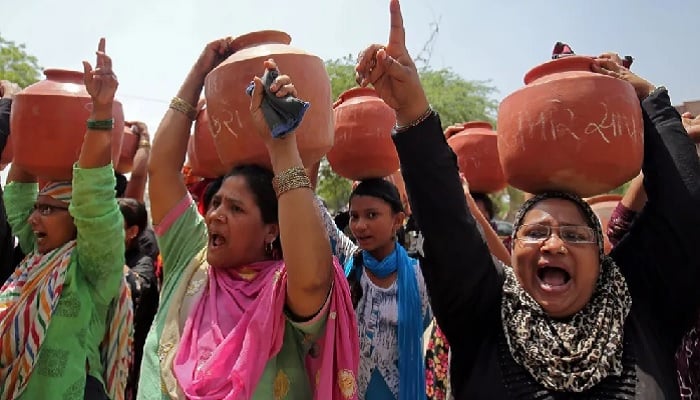
- Indian govt says 193 million rural homes to get clean water.
- Discrepancies found with government claims in six villages.
- Villagers point to defunct taps, broken motors, empty wells.
When construction workers arrived last year in the village of Lat in India's eastern Jharkhand state to install water taps, Anita Devi rejoiced, thinking this would end her daily struggle to get water.
Instead of having to carry large aluminium pots for 400 metres to and from the common borewell numerous times a day, drinking water would flow straight into her home.
It was part of a 3.6 trillion rupee ($41.87 billion) government scheme launched by Prime Minister Narendra Modi in 2019 to provide tap water to all of India's 193 million rural homes by 2024. When the Jal Jeevan Mission (JJM) was launched, only 17% of India's rural households had tap water connections.
But Devi is still waiting for running water in Lat, as are many others across India, underscoring a discrepancy between government records and the reality on the ground.
Government data showed water taps had been installed in 156 million rural homes under the JJM, achieving 81% of its target, including in Lat, which is described as a "certified" success on the mission's website.
The Thomson Reuters Foundation spoke to dozens of residents across six villages in the districts of Latehar and Palamau in Jharkhand who said problems with the scheme ranged from water tanks not connected to underground sources to defunct taps and broken water tank motors.
The cost of the JJM has already more than doubled, according to media reports, and the government in February extended the deadline to 2028.
The JJM has also come under scrutiny by local officials.
Indian Illegally Occupied Jammu and Kashmir state legislative speaker Abdul Rahim Rather announced in March a probe into allegations of "irregularities" in the scheme's implementation.
Uttar Pradesh water minister Swatantra Singh said in May he would tour nine districts to review the work, and Maharashtra state food and drug minister Narhari Zirwal called it a "failed scheme", according to news reports.
In the meantime, the world's most populous nation faces a looming water crisis. Researchers have said that demand for water is expected to outstrip supply twofold by the end of this decade.
Ambitious scheme
Himanshu Kulkarni, co-founder of the Advanced Centre for Water Resources Development and Management, which is based in the city of Pune in Maharashtra, described the JJM as "very unique, ambitious and much needed" but must take into account differences across the country's villages.
"What is required is a site-specific approach, rather than a broad-sweep, a one-size-fits-all approach," Kulkarni said, adding it also required "better collaboration and partnerships with local communities, with civil society actors."
In Lat, Devi said water never flowed through her tap. Soon after it was installed, another set of workers uprooted it, claiming it was of inferior quality. No one returned to reinstall it, and the tank was not connected to a water source, she said.
Villagers across Latehar and Palamau districts shared similar stories.
Residents in Latehar's Kutmu village said they had twice spent their own money repairing the motor of a water tank that never worked.
In Palamu's Itko village, which the government has said was almost fully connected to running water, the work was visibly incomplete, with unfinished water tanks in three different locations, and many taps did not work.
The scheme has also been overshadowed by media reports of an overhead water tank that collapsed in Sitapur district in Uttar Pradesh, just weeks after another newly constructed water tank burst in the district of Lakhimpur in the same state.
The accounts were in keeping with the findings of an audit carried out in Jharkhand state by local non-profit Vikas Sahyog Kendra, which works on rural development issues.
In March, the non-profit surveyed 2,892 homes across 12 villages in Palamu district, which the JJM said now had drinking water. The audit found that only 14% of those homes had been installed with taps, and only 3% had running water.
Vikas Sahyog Kendra also alleged that 510, or 17%, of the 2,892 households the government said had benefited from the project were actually in the area.
The audit also found that 78% of the total cost allocated for the 12 villages had been spent, while only 3% of the work was complete.
The Thomson Reuters Foundation contacted the Ministry of Water's Press Information Bureau with repeated emails and texts to ask about the audit findings and the residents' accounts of the scheme. The government did not immediately respond.
No problem, no help
James Herenj, who works with Vikas Sahyog Kendra, said the mission's problems were a double-whammy for villagers.
"Especially in cases where the government claims that the JJM has been successful, people are struggling for water," he said. "There is no help coming from the government because, on paper, there is no problem."
For 25-year-old Niroj Devi in Barkheta village in Latehar, this means making several trips a day to the well, balancing large pots on her head.
"The walk to the well takes about four minutes, and the walk back, with pots filled, takes nearly double the time," said the mother of two. Two taps that had been installed outside her house had never worked, she added.
Residents also said a water tank installed in the village remained unused.
Mission officials came to dig a borewell last year but were unable to find any water. Instead of excavating another well, they built a water tank over that site anyway, residents said.
"We told them that the tank has no water inlet and is meaningless, but they continued work anyway," said 29-year-old Balwant Singh. "They even put up a board announcing the functional water tower."
When contacted by the Thomson Reuters Foundation about the situation in Barkheta, the government did not immediately respond to a request for comment.




